by TeAnna, Exhibit Intern
While researching clothing pieces, you find out some pretty cool things such as how far the clothing article potentially traveled or famous people connected to the item. With a computer and help from Google, this task is something anyone can attempt (I don’t guarantee you will get the answers you are looking for, or any at all for that matter). Recently, I stumbled across an intriguing shirt collar that had very little documented information. After doing some research, as I describe below, I came to some pretty surprising and exhilarating results. My roommates, on the other hand, don’t think this is as exciting as I think it is (one has a degree in Exercise Science, while the other is graduating with an English degree this spring), so I am hoping you will share in my excitement. Below, I will walk you through my research process in hopes that it will help or inspire you to do the same.
To the left is this intriguing, yet simple men’s detachable shirt collar. From the archival record, we know three things: 1) it’s a men’s starched collar 2) it’s of the winged collar style, which is popular to wear with men’s evening dress 3) it was found in the John D. Boon House, which can be found by visiting the Willamette Heritage Center and 4) the tag reads “Whiteaway, Laidlaw & Co.”. We don’t have a date on this collar, nor do we have anymore descriptive information. It’s apparent that mystery surrounds this shirt collar. Who did this collar belong to and how did it end up in the Boon House? The only factual information we have is that it was made by a company called Whiteaway, Laidlaw & Co.
I decided to put on my detective hat and do a little research into this company. With a lot of help from Google, it turns out that this company is not, nor ever was, American-based. Whiteaway, Laidlaw & Co. was a popular, high-end department store that opened in colonial India in 1882. The founder, Sir Robert Laidlaw, was a British Liberal Party politician who was elected to Parliament in 1906 and then knighted and appointed British Commissioner to the International Opium Commission, in Shanghai, in 1909.
This department store spread into India and the Strait Settlements (Singapore, Penang, Kuala Lumpur, Ipoh, Taiping, Seremban, Klang, Malacca ,and Telok Anson), while moving it’s “home base” to the Oranjie building in Singapore in 1900. Surviving the first World War, Whiteaway, Laidlaw & Co. did not close until 1942 with the Japanese Occupation of Singapore. During this occupation, all non-Japanese based stores were closed and the buildings were given to Japanese companies for use. For more information on the history of Whiteaway, Laidlaw & Co., click here.
Well fantastic! With a little help from Google, we were able to find out so much more about the company that sold this collar. Now we can add two things to our list of knowledge on this artifact: it was created between 1882-1942 (the period the store was in operation) and it was made during an important time in both Great Britain and India’s history, the British colonial occupation of India. While it is irrelevant to the exhibit, I am curious about the British influence on clothing in India during this time. Obviously, there were more Westernized (as in Great Britain) stores available to the community, however, what were the clothing styles like for the smaller, local stores and/or those who could not afford a higher-end department store such as Whiteaway, Laidlaw & Co.? Obviously a curiosity that would require much more time and research in order to be answered.
Returning to the collar, we can also try to narrow down the possible dates for its creation by when the winged collar gained popularity. According to this site, the wing collar was fashionable during the early 1900s, and used for very formal occasions. When compared to the information we have on our little collar, it would make logical sense. Whiteaway, Laidlaw & Co. would have been open during the early 1900s, and they were also a high- end department store which would have carried shirt collars such as this. While we cannot say for sure that this collar is from the early 1900s, we can say it is probable that it was created in the early 1900s to be sold at the Whiteaway, Laidlaw & Co. store. With the information given by the site, we can say for sure that the oldest the collar can date back to is the 1900s.
We started out with a small, frail collar that held little information in the archival record and ended up with the back story of the company for which it was created and an estimated date for its creation. Thanks to the invention of the internet, anyone can do this! My research took approximately 30 minutes, which is nothing compared to how much time I spend on other things I do during the day. I recommend trying this out for yourself! Try to date an article of clothing that Aunt Sue gave to you a long time ago. Or better yet, take a trip to your local thrift store and pick out an interesting piece of clothing there. Who knows what you could find?



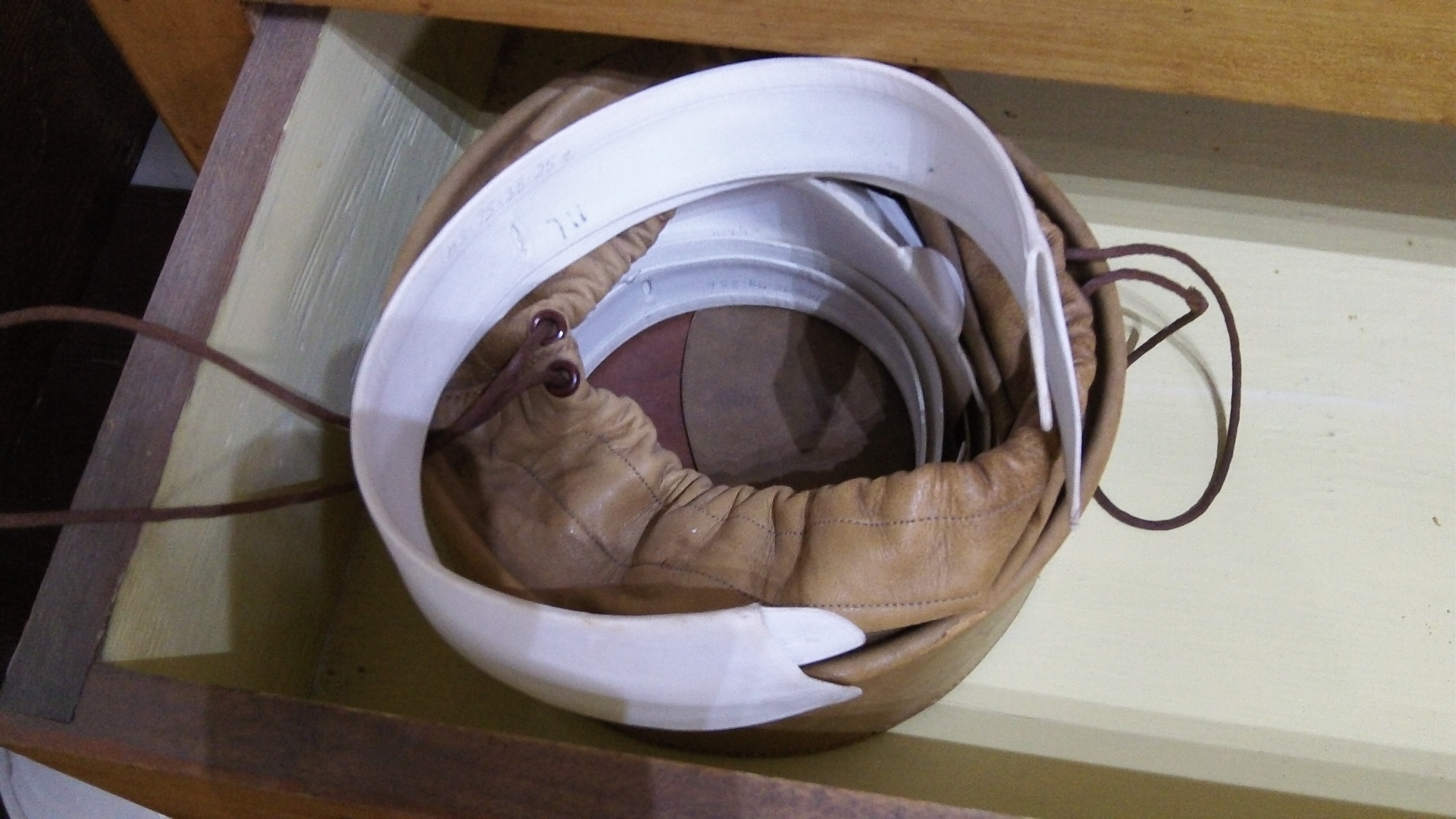
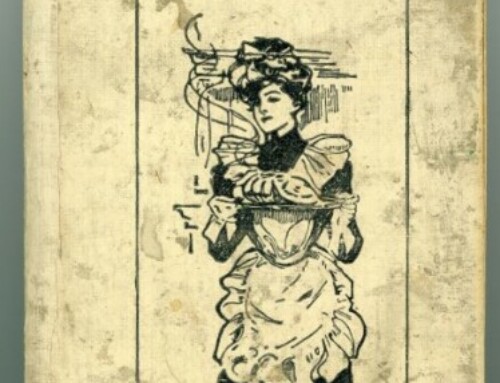
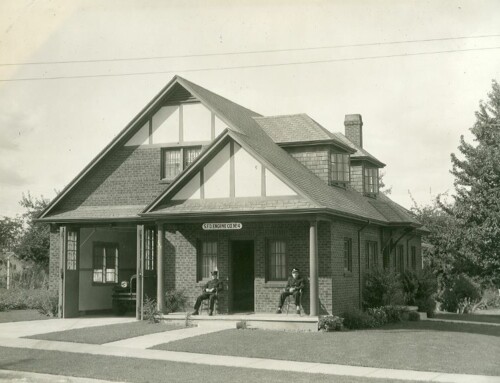
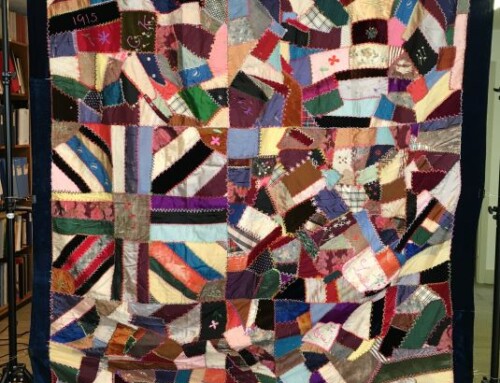
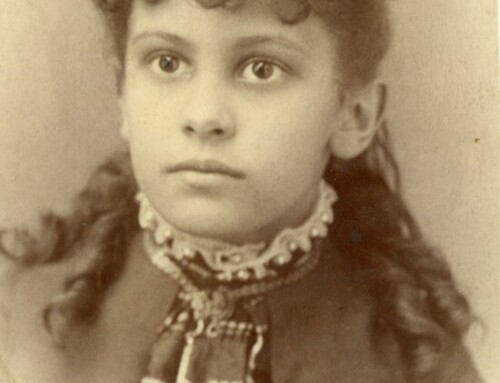
Fascinating indeed. How do you think it ended up in Salem, Oregon?